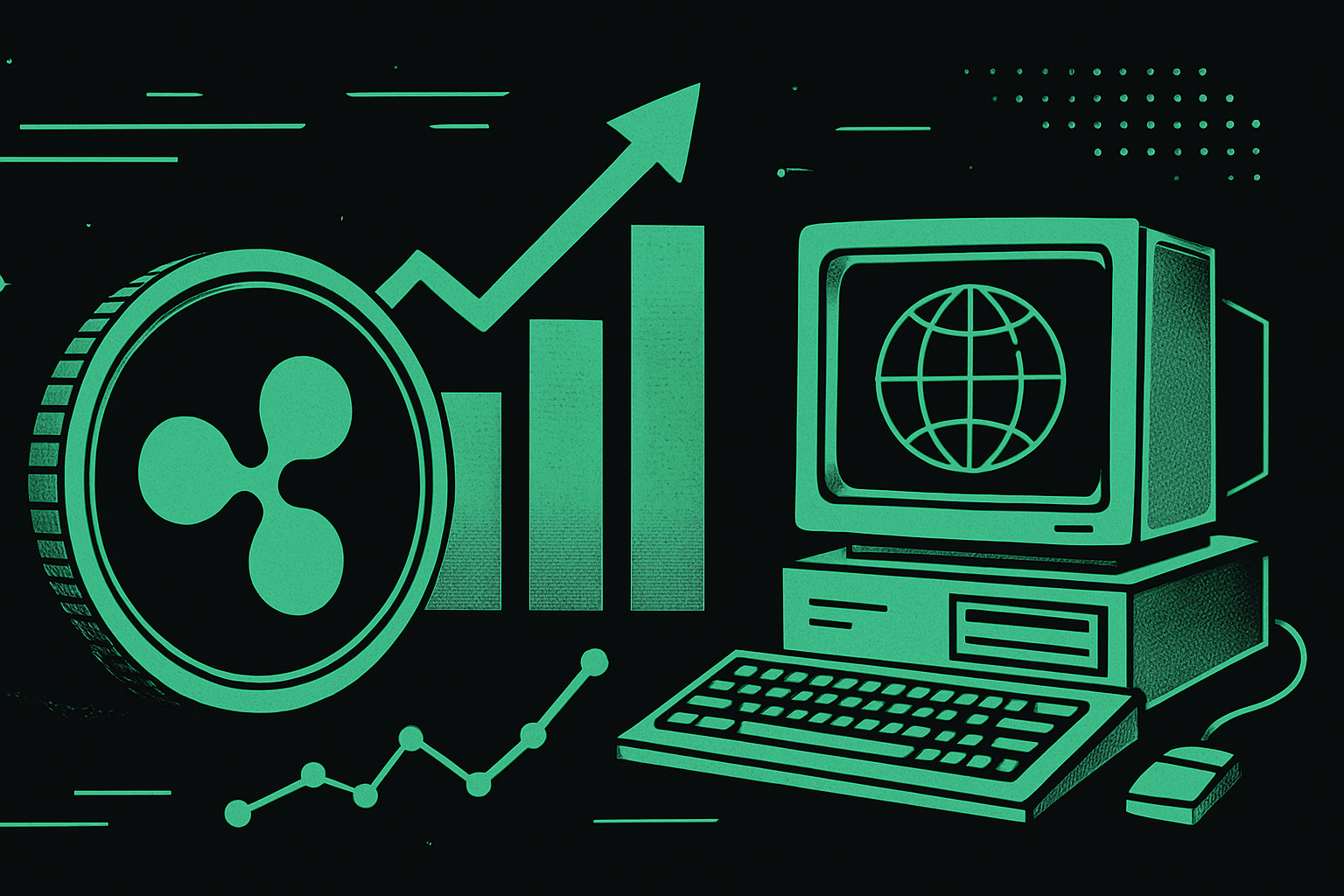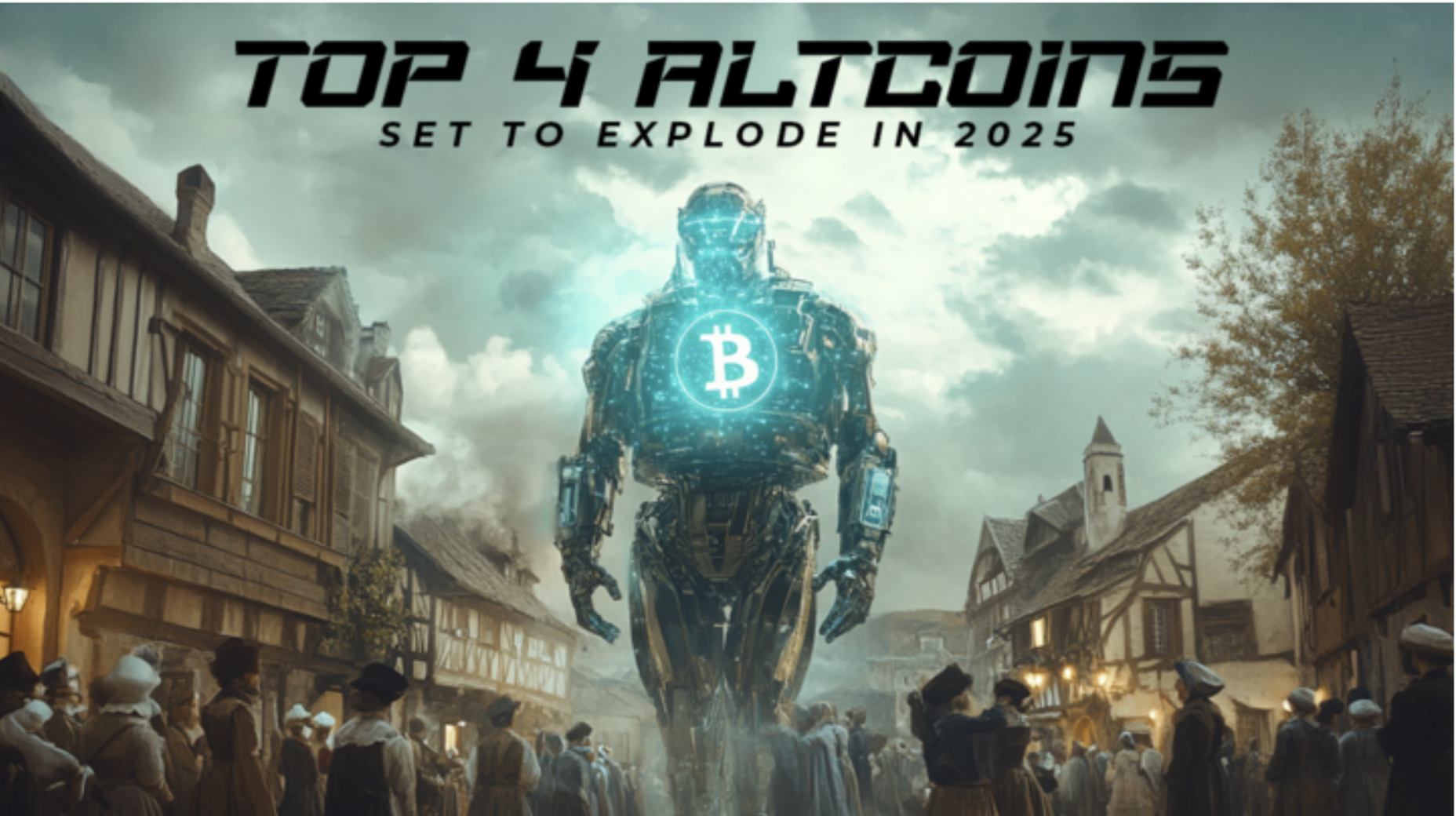ARTICLE AD BOX

- A US Lawmaker has revealed that he is on a mission to disrupt the banking industry’s monopoly and outdated financial infrastructure.
- He’s pushing for legislation that would allow crypto companies to get a bank license and open the door for true on-chain banks.
U.S. politician and former congressional candidate Greg Kidd has made statements about the future of banking, blockchain, and Ripple (XRP). Speaking as the co-founder of Haka Yaka Ventures and owner of Vast Bank, Kidd offered a forward-thinking vision that could disrupt traditional banking models.
Kidd expressed his desire to promote legislation that would pave the way for companies like Ripple to obtain a bank license. While he clarified that Ripple hasn’t explicitly stated a desire to do so, he emphasized his goal: to break up the current banking monopoly. Earlier in April, Coinbase, Circle, BitGo, and Paxos were all reportedly exploring ways to secure banking licenses.
He elaborated on a vision where digital wallets, remittance platforms, and even retailers could participate directly in banking functions, thanks to open, decentralized networks. “Banking should be accessible,” he said. “Think digital wallets, think remittance companies, could be retailers, all of those should be able to participate.”
Kidd went on to discuss an idea: putting the banking industry directly on the blockchain.
I made the decision of what it would be like if we could put the banking industry directly on-chain.
XRP Ledger and the Future of Payments
Instead of relying on intermediaries like stablecoin issuers like Circle or Tether (USDT), Kidd proposed that U.S. banks could place actual dollars directly on-chain using systems like the XRP Ledger. “So that would mean that the ledger of record isn’t something like an old 50-year-old Bancorp. It’s the blockchain,” he explained.
Kidd highlighted the advantages of the XRPL, noting that the cost of payments on the network is almost zero. He believes that shortly, the price and friction of sending payments will drastically decline thanks to blockchain solutions like XRP. As we have reported, XRPL uses a consensus mechanism that is carbon-neutral and doesn’t require mining. Another advantage is that transactions are settled in about 3–5 seconds, and it has a built-in decentralized exchange (DEX) that lets users trade tokens directly on the network.
If Ripple can secure the license, it would not be starting from scratch. Over time, Ripple has built ties with banks around the world through its RippleNet payment network and the XRPL. SBI Holdings in Japan is one of its loyal partners, whose subsidiary SBI Remit launched MoneyTap, a Ripple-powered app for instant domestic transfers.
In the U.S., PNC Bank joined RippleNet in 2018 to improve its cross-border payment capabilities. Now, Ripple’s roots are growing even further: the XRP Ledger is set to power the post-trade infrastructure of Hidden Road after the crypto firm acquired the prime broker.
XRP is trading at around $2.17, but according to Sistine Research, that could be just the beginning. The firm has made a long-term prediction, suggesting XRP could climb as high as $73. They point to a rare 7-year flag pattern forming on the price chart, which they believe signals a major breakout.
.png)
 8 hours ago
2
8 hours ago
2








 English (US)
English (US)